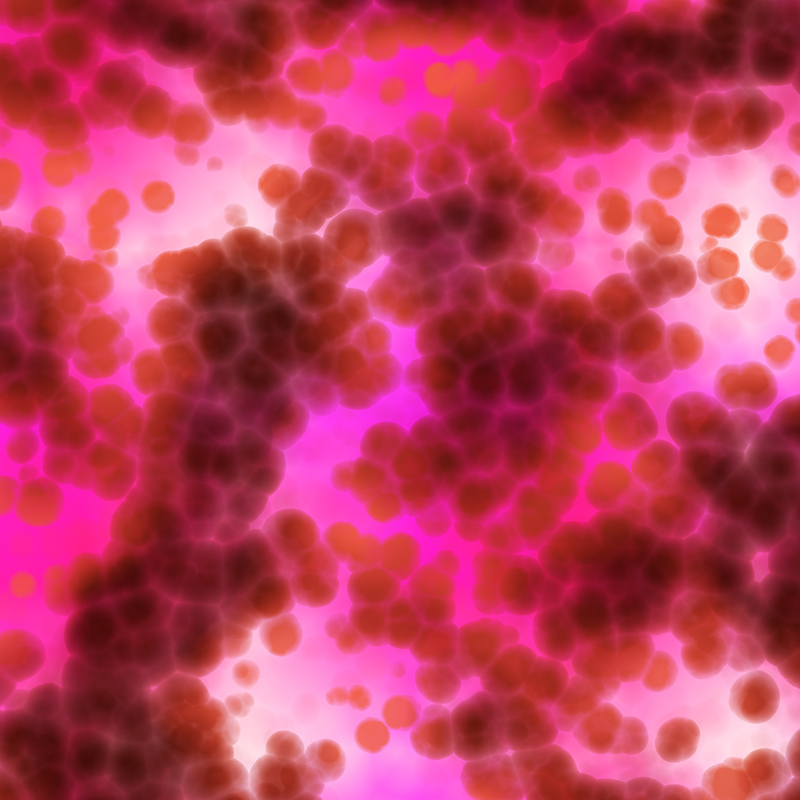TUESDAY, May 17, 2016 (HealthDay News) — While powerful HIV medications are granting longer lives to many people infected with the virus, a new U.S. study shows these same patients are less likely to get treatment for cancer if it develops.
It’s not clear why the difference exists. It could reflect the decisions of physicians, patients or both. Whatever the case, the finding confirms that the gap persists even when patients have private insurance or are otherwise healthy, the study authors said.
Previous research has suggested that “people with well-controlled HIV infection should be treated similarly to patients without HIV,” said study author Dr. Gita Suneja.
However, “even looking at cancer patients with private health insurance only, we saw that those with HIV infection were less likely to receive cancer treatment for many common cancer types,” said Suneja. She is an assistant professor of radiation oncology at the University of Utah School of Medicine.
More than 1.2 million people in the United States are thought to be infected with HIV, the virus that causes AIDS, according to the U.S. Centers for Disease Control and Prevention.
Many HIV patients are now expected to live well into old age, a far cry from decades ago when the illness almost always progressed to AIDS and death, Suneja said.
Still, “we know that HIV-infected people are more likely to get certain types of cancers, such as lung cancer,” Suneja said. “We also know that HIV-infected cancer patients are more likely to die from the cancer than uninfected cancer patients,” she said.
The new study, published online May 17 in the journal Cancer, follows up on previous research that didn’t take health insurance or other illnesses into account, Suneja explained.
For this study, Suneja and her colleagues examined a database of people diagnosed with cancer in the United States between 2003 and 2011. The study included 2.2 million cancer patients who did not have HIV and about 10,000 cancer patients who were infected with HIV. All participants were younger than 65.
Overall, HIV-infected patients were younger (with a median age of 47, compared to 55), more likely to be male (77 percent versus 48 percent) and much more likely to be black (41 percent versus 13 percent), the findings showed.
The HIV-infected patients were more likely to suffer from anal cancer and Hodgkin’s lymphoma and much less likely to have breast and prostate cancer. More than 40 percent of the HIV-infected patients had diffuse large B-cell lymphoma; just 2 percent of the other patients did. (Both types of lymphoma affect the immune system and are common among HIV patients.)
“We found large differences in cancer treatment rates,” Suneja said. “For most cancers, HIV-infected patients were two to three times more likely to receive no cancer treatment compared to uninfected people,” she added.
“As an example, for upper gastrointestinal cancer such as esophageal cancer, four out of 10 HIV-infected patients did not receive cancer treatment, while two out of 10 uninfected patients did not receive treatment,” Suneja said.
The differences persisted even when the researchers adjusted their statistics so they wouldn’t be thrown off by high or low numbers of people who shared certain factors such as race, gender and age.
While cancer treatment often improves survival and reduces pain, experts said it’s not clear how the lack of treatment affected the HIV-infected patients.
Michael Silverberg, a research scientist with Kaiser Permanente, pointed out that “the study was not designed to assess appropriate timing or completion of therapy, or whether the most effective regimens were used.”
Still, Silverberg said, “this is a well-designed study and the largest to date evaluating the issue of cancer treatment in HIV patients.”
There’s another wrinkle: As Silverberg noted, research suggests that HIV patients with cancer do worse overall, even when researchers account for the fact that they get less treatment.
One possibility, Suneja said, is that HIV-infected patients may choose to not undergo cancer treatment. Or, she said, “oncologists may be concerned about greater-than-expected side effects from cancer treatment, interactions between cancer drugs and HIV drugs, and the effectiveness of cancer treatment in the HIV population.”
Silverberg offered a similar perspective. “Besides anal cancer and certain types of lymphomas, there are no HIV-specific guidelines for the treatment of cancer. Therefore, it is possible that clinicians were reluctant to treat HIV patients for fear of toxicity, or because they perceive patients as too sick to tolerate treatment.”
What now?
“The next step is to figure out what is driving this large treatment disparity,” Suneja said. “Cancer is a large and growing problem in the HIV population. It needs to be on the radar of patients, HIV care providers, and oncologists.”
In addition, she said, “cancer is quickly becoming the leading cause of death in HIV-infected patients, which is remarkable considering how lethal HIV was before antiretroviral therapy was widely available.”
More information
The U.S. National Cancer Institute has more details about HIV and cancer.
Copyright © 2026 HealthDay. All rights reserved.

